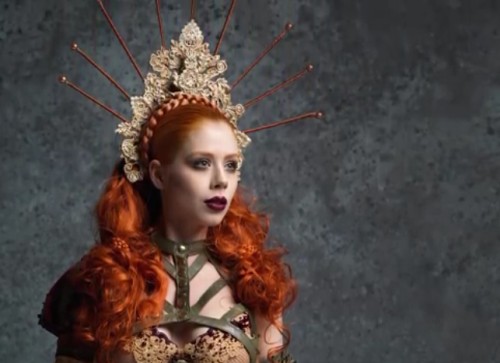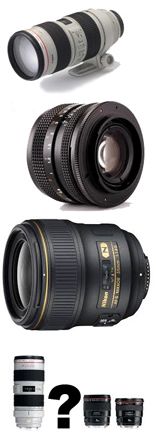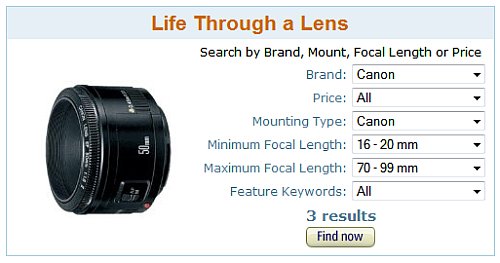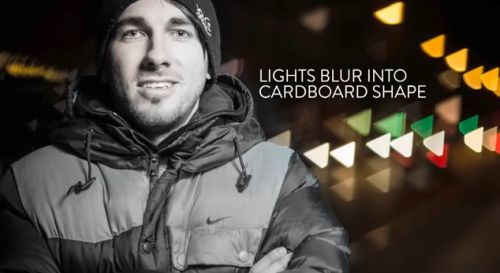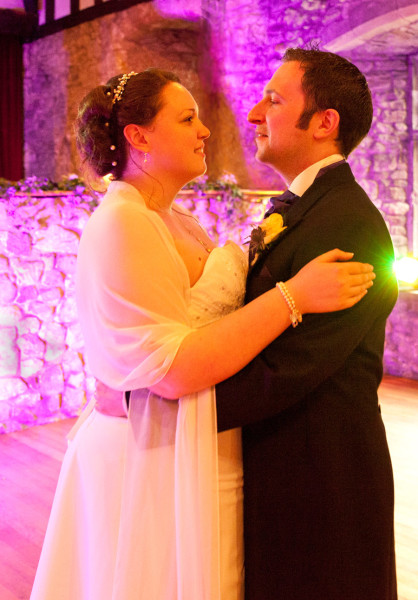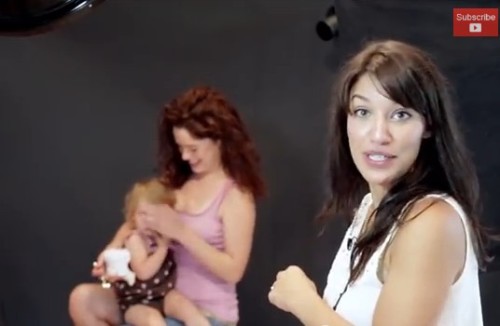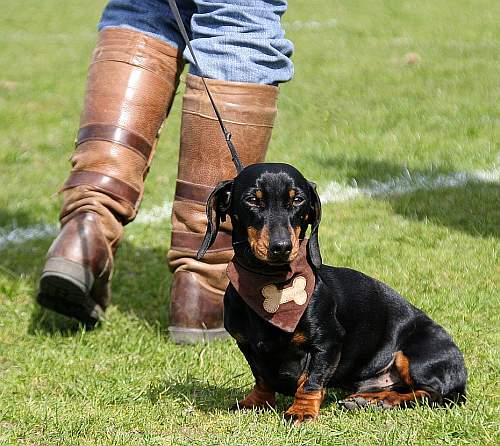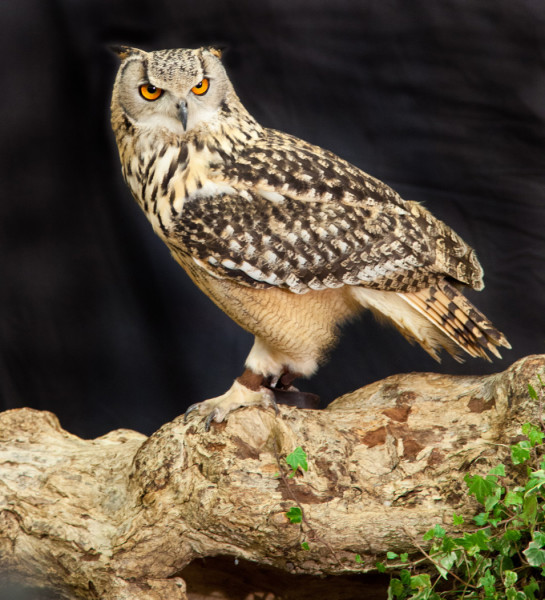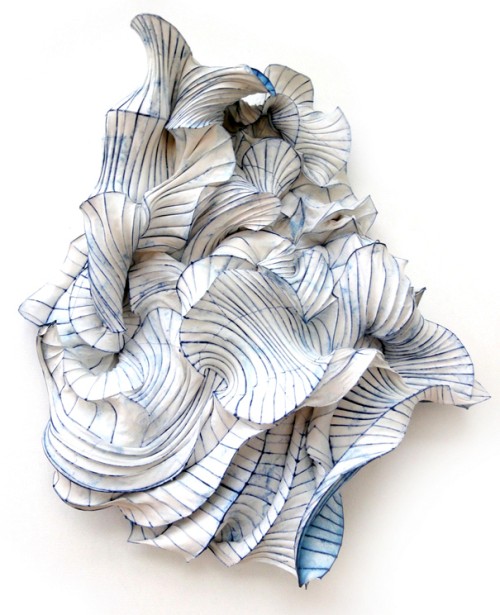
Artwork images are not as easy to photograph as they seem.
Image of paper art by Peter Gentenaar
More from this artist on: http://www.gentenaar-torley.nl/ ![]()
Artwork images are sometimes questionable as art
Most photographers look at work by an artist they like and feel compelled to take a picture. Of course it serves to remind them of the art they saw. That is reasonable. The keen photographer thinks differently. They like to see the artwork. They also like to produce photographic art of their own. But more often than not the picture they take is actually a record shot.
It is often said by judges in photographic competition that a sculpture photograph is a record shot. I have said it myself when judging. A pure record is not a piece of art by the photographer. Just exactly what do we mean by that?
Artwork images: Record verses interpretation
An example of a record shot is the photo at the top of this article. This work is by the wonderful paper artist Peter Gentenaar. His work is stimulating and interesting to the eye. Photos of his work bring out the splendour of his art. That is the point. They are less about the photographers interpretation of the art. Instead, they are about repeating the work in its fullness to show the work itself. It is a record. As such, it will show off the skill of the original artist.
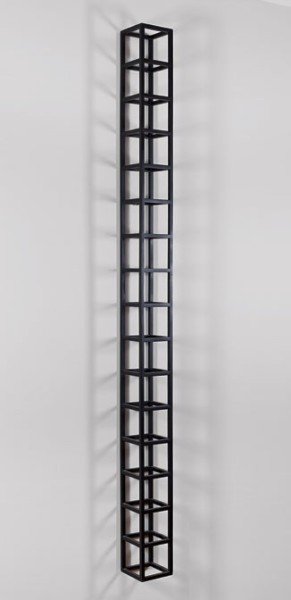
Record shots are a legitimate photographic form. But they are a record of the exhibit – not new photographic artwork in their own right.
[Seen on www.starr-art.com/ on 30/05/2015
Sol LeWittWall Piece,
1988 Painted wood,
76 x 5 x 5 inches
Published by Edition Schellmann,
Munich and New York.]
Reproduction of artworks in a record style is a proper photographic form. For remembrance, or sales purposes, it is fine. For those seeking to make their own art there is something more needed than simply snapping someone else’s work.
That something extra is a new re-interpretation of the work. The photographer has to invest something of their own into the picture. They have to make more of the original artwork than is presented solely by the work itself. There are a number of ways to do this.
A new interpretation may not be a complete image of the work. It may include the full work, or only be a part of it. The environment of the image, how it is presented, or its framing are all important. Overall there will be something in the new artwork images that the photog makes their own.
How can you make new artwork images from an art piece?
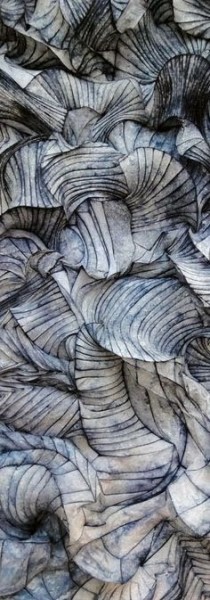
In this abstract of another piece by Peter Gentenaar the photographer has not shown the whole piece of work. They have taken a piece of the work that shows the wonderful lines and curves, but as a whole it creates a taste for seeing more.
See: Peter Gentenaar–Paper Magician ![]() .
.
Abstracts require an eye for what works when the whole is not seen. For more on abstracts see our Abstracts Resources Page.
• Creating an new environment: The environment where sculptures are displayed is often important to the sculpture. Sometimes images are still record shots even if they are not on a simple white background. This link is an example of a Henry Moore sculpture record shot (Author unknown).. The author has displayed the sculpture just as it is with little enhancement. In fact it is almost devoid of its environment. The sky serves only as a backdrop.
The same could be said of this picture of an elephant sculpture (below). The artist has created a superb piece which mimics the body of an elephant defying gravity. The first shot is a pure record shot. But, the second is a superb interpretation of the sculpture in it entirety with an audience, depersonalised by movement blur. Very clever. Both images are taken by the sculptor himself, Daniel Firman. A simple but excellent reinterpretation. Such re-inventions are in themselves artistic. As such they are creating artwork images in their own right.
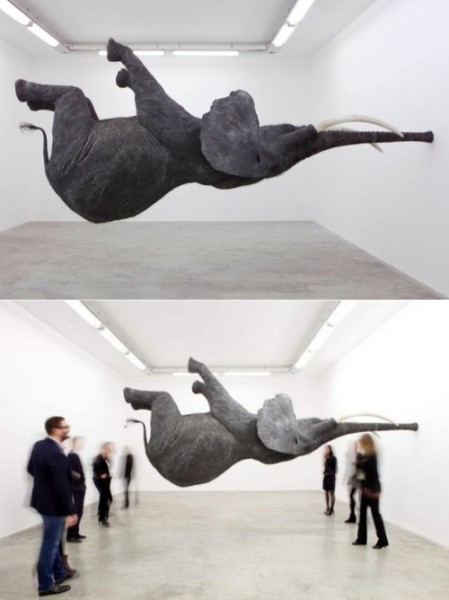
Gravity-Defying Elephant Sculpture by Daniel Firman.
Images by Daniel Firman.
Published in: Gravity-Defying Elephant Sculpture.
(Seen on WordlessTech ![]() 29/05/2015).
29/05/2015).
Another Henry Moore Sculpture is shown below. This image makes as much of the environment as the sculpture. The artist has created a great panoramic picture using a letter-box crop. The length of the principle subject (the sculpture) is complemented by the almost central position. But, it is highlighted by the mundane, but important line of sheep. The latter gives the eye an excellent weighted contrast to the sculpture in the background. Clever compositional devices like this often create great great artwork images. There is no way this is a record shot.
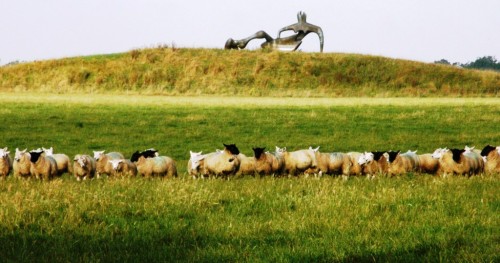
The compositional devices in this image make it an interesting example of artwork images – definitely not a record shot.
(Seen on: Backstrap Weaving ![]() .
.
(Click the image to see full size).
• Adding something: Another way to make something new of a piece of art is to put something new into, or onto, the piece. I leave the artwork images to your imagination here.
I have often heard judges say about record shots, of say a sculpture, “this needs your hat on it”. Alternatively they might say something like, “a cat just here would make the image something different”. What the judge is saying is, the author has created a shot that does not have anything from the photographer in the image. Whereas, with a little thought, or a little prop, or even a person – the picture could be transformed. Instead of the simple (and boring) representation, the author could have added that little extra that makes the image into a reinterpretation – something different. It would be something created uniquely by the photographer.
Works by you are artwork images
The uniqueness of a photograph is something that makes photography interesting. But, make the main subject a simple representation of somebody else’s work, then the uniqueness is lost. A simple record is created. But with simple compositional thoughts, re-frameing, or the addition of some new aspect, you create a new synthesis. One that is unique to you. One that is a real contribution to the body of artwork images. That is what makes photography so special.
The main point to take from this is simple. Think, plan and consider the composition when taking pictures of other peoples art. A subtle treatment of the art piece can transform it into an image only you could make.
Artwork images – further thinking
Which of these are record shots of Henry Moore Sculptures and which are artwork images by the author…
Henry Moore sculpture on Google Images ![]()
Comments, additions, amendments or ideas on this article? Contact Us
or why not leave a comment at the bottom of the page…
Like this article? Don’t miss the next — sign up for tips by email.
Photokonnexion Photographic Glossary – Definitions and articles.
Definition: Record shot
Peter Gentenaar’s website ![]() .
.
Definition: Photog.
Abstract Photography Resources Page
Henry Moore sculpture record shot (Author unknown). ![]()
Peter Gentenaar–Paper Magician ![]()
WordlessTech ![]()
Backstrap Weaving ![]()
Henry Moore sculpture on Google Images ![]()

Damon Guy (Netkonnexion)
See also: Editors ‘Bio’.
By Damon Guy see his profile on Google+.

